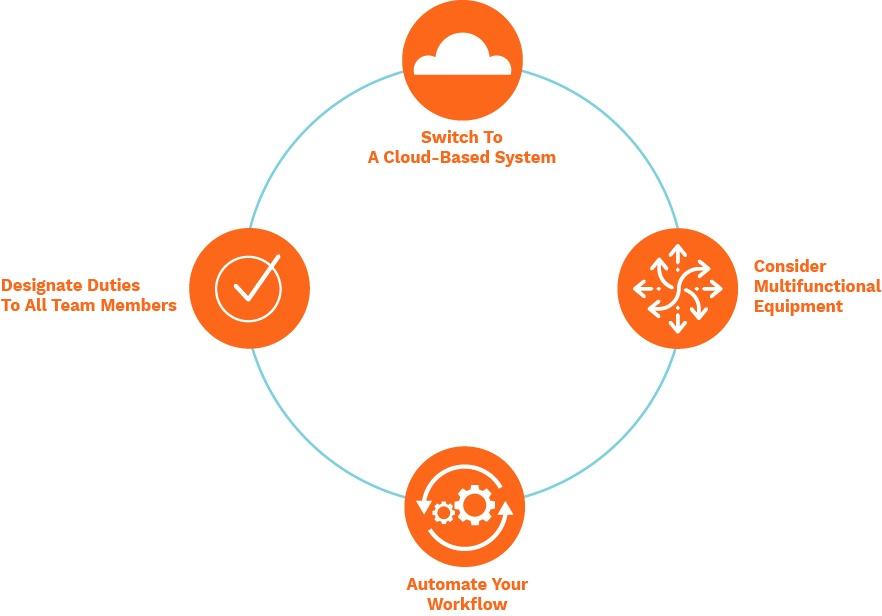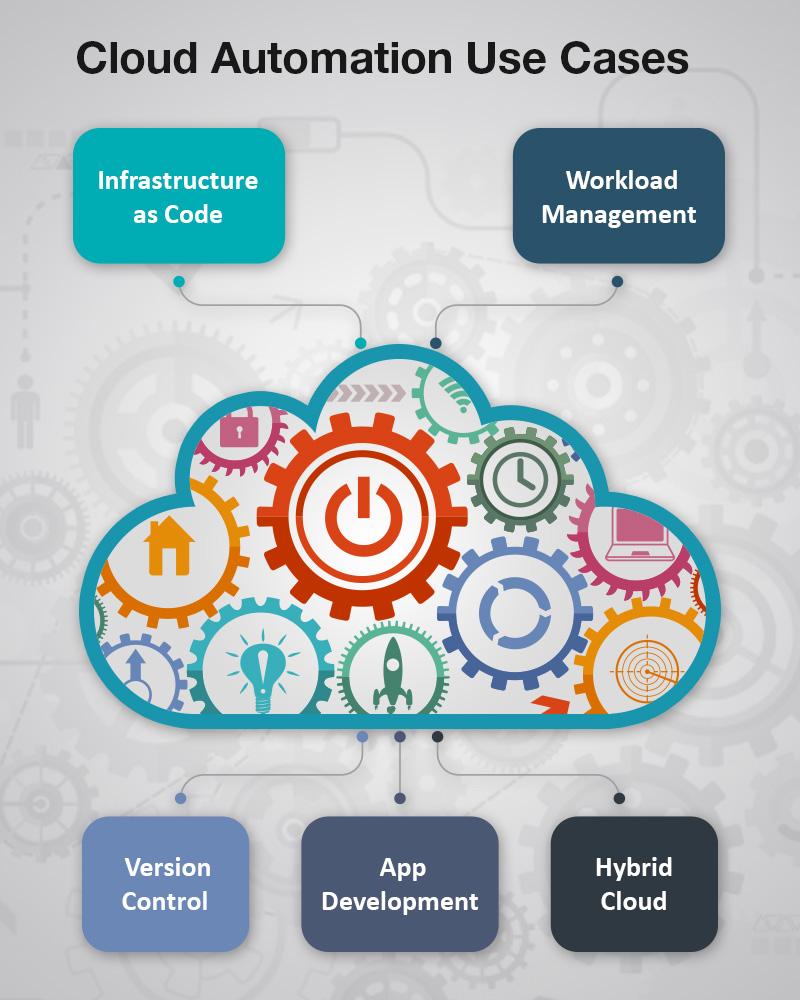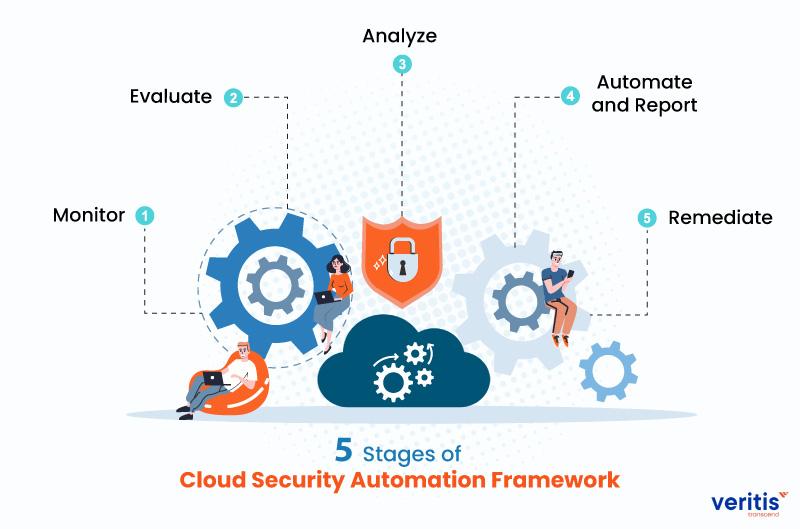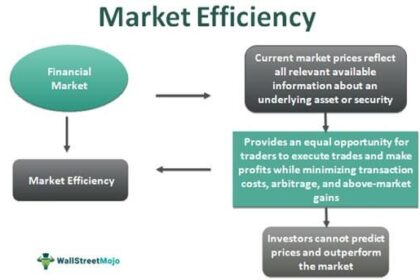In an era where efficiency and innovation reign supreme, cloud-based automation emerges as a transformative force reshaping the landscape of business operations. Imagine a world where routine tasks are seamlessly executed in the background, allowing organizations to focus on what truly matters: growth, creativity, and strategic initiatives. This article delves into the dynamic realm of cloud-based automation, exploring its capabilities, benefits, and the myriad ways it empowers businesses to adapt and thrive in an increasingly complex digital environment. From streamlining workflows to enhancing collaboration, we will uncover how this technology serves not just as a tool for automation, but as a catalyst for reinvention in the modern workplace. Join us as we navigate the clouds of innovation and uncover the potential that awaits organizations ready to embrace the future.
Harnessing the Power of Cloud-Based Automation for Business Efficiency
As businesses continue to evolve in the digital landscape, the integration of cloud-based automation tools has emerged as a pivotal strategy for enhancing operational efficiency. By seamlessly integrating workflows and reducing manual intervention, organizations can stay agile and responsive to changing market demands. Key benefits include:
- Improved Collaboration: Cloud-based platforms enable teams to collaborate in real-time, reducing the latency often experienced in traditional workflows.
- Cost Savings: By minimizing the need for on-premises infrastructure, businesses can significantly lower their overhead costs while still accessing powerful capabilities.
- Scalability: As businesses grow, cloud solutions can effortlessly scale to accommodate increased demands without the need for extensive reconfiguration.
Moreover, adopting cloud-based automation can lead to enhanced data analytics, providing valuable insights into business operations. Companies can leverage these insights to make informed decisions that drive growth and innovation. Below is a table outlining the most effective automation tools and their functionalities:
| Tool | Functionality |
|---|---|
| Zapier | Integrates various apps to automate repetitive tasks. |
| Asana | Streamlines project management and team coordination. |
| HubSpot | Automates marketing and sales processes for better leads management. |

Key Technologies Driving Cloud Automation Success
The rise of cloud automation is fundamentally reshaping how businesses operate, driven by several key technologies. Artificial Intelligence (AI) and Machine Learning (ML) play critical roles in streamlining processes and enhancing decision-making capabilities. By leveraging AI, organizations can analyze vast amounts of data to identify patterns and predict outcomes, thereby optimizing operations. Containers, like Docker and Kubernetes, further amplify automation efficacy by allowing developers to package applications with their dependencies, facilitating seamless deployment and scaling across cloud environments.
DevOps tools are also pivotal in promoting a culture of collaboration between development and operations teams, resulting in quicker software delivery cycles. Tools such as Infrastructure as Code (IaC) allow teams to manage infrastructure through code, ensuring consistency and reducing the likelihood of manual errors. Furthermore, API integrations enable different services to communicate with one another, creating a cohesive automation ecosystem. These technologies together form a robust foundation that empowers organizations to automate their cloud processes effectively, increasing agility and responsiveness in an ever-evolving digital landscape.

Best Practices for Implementing Cloud-Driven Workflows
To ensure successful implementation of cloud-driven workflows, it is essential to prioritize collaboration and communication across teams. By employing tools that facilitate real-time updates and feedback, organizations can stimulate agile decision-making processes. Consider utilizing platforms that offer integrated messaging, project tracking, and file sharing capabilities, which not only break down silos but also enhance team dynamics. It’s also beneficial to cultivate a culture where continuous learning is encouraged; conducting regular training sessions on new tools and technologies can empower employees to leverage cloud features effectively.
Moreover, establishing a set of clear guidelines and best practices can streamline the cloud integration process. These might include defining roles and responsibilities, setting up version control protocols, and establishing security measures to protect sensitive data. A well-designed workflow chart or table can assist in visualizing these processes, making it easier for teams to understand their contributions. Below is a sample framework to consider:
| Aspect | Description |
|---|---|
| Role Definition | Specify who is responsible for each task. |
| Version Control | Implement tools for tracking changes. |
| Security Protocols | Establish measures for data protection. |

Navigating Security Challenges in Cloud Automation Deployments
As organizations increasingly embrace cloud automation, the associated security threats demand vigilant oversight and strategic planning. One of the foremost challenges lies in ensuring that automated processes are not exploited by malicious actors. This necessitates the implementation of comprehensive identity and access management practices to protect sensitive resources. Moreover, encryption should be a non-negotiable aspect of any cloud deployment, safeguarding data both in transit and at rest. Consider these key components:
- Multi-Factor Authentication (MFA): Adding layers of security for user access.
- Regular Audits: Assessing automation scripts for vulnerabilities.
- Continuous Monitoring: Real-time detection of potential threats.
Furthermore, the dynamic nature of cloud environments necessitates a proactive approach to compliance and risk management. Organizations must engage in a culture of security awareness, where employees understand the implications of automation beyond mere efficiency. Training programs should emphasize the importance of recognizing potential threats and adhering to security protocols. In tandem, establishing clear governance frameworks is essential to ensure accountability and transparency regarding automated processes. A suggested framework could include:
| Governance Component | Description |
|---|---|
| Policy Development | Create clear automation policies that outline expected behaviors. |
| Incident Response | Develop a structured approach for responding to security incidents. |
| Regular Training | Conduct frequent training sessions for employees on security best practices. |
To Conclude
As we stand on the precipice of a digital future, cloud-based automation offers both a shimmering vista of possibilities and a landscape rich with challenges. By leveraging the flexibility, scalability, and intelligence of the cloud, organizations can streamline operations and enhance productivity like never before. Yet, as this technology continues to evolve, it’s essential to remain mindful of the intricacies involved—balancing innovation with security, and efficiency with ethics.
the journey into cloud-based automation isn’t just about adopting new tools; it’s about reshaping our approach to work and collaboration. As we embrace these advancements, we invite curiosity, foster resilience, and encourage a proactive mindset to adapt to the ever-changing digital terrain. The future is bright, and through thoughtful integration of cloud solutions, we can empower not just our organizations but also the very essence of human creativity. The cloud beckons; let us venture forth, guided by knowledge, responsibility, and a shared vision for what’s possible.



